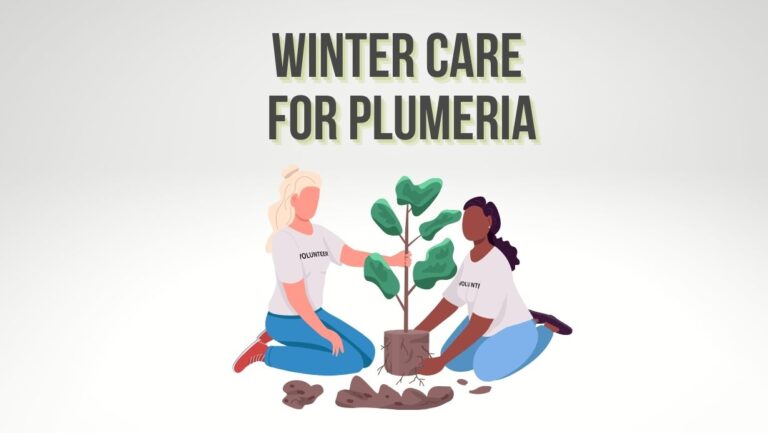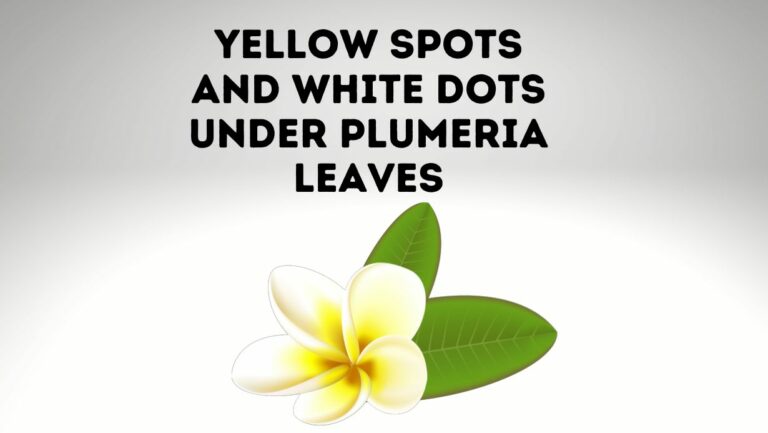
Stem rot is a common and potentially devastating problem that affects plumeria plants. It is characterized by the decay and deterioration of the stems, leading to wilting, browning, and eventual death of the affected plant parts. Understanding the causes, implementing proper treatment methods, and taking preventive measures are crucial for managing and preventing stem rot in plumeria.
Understanding Plumeria Stem Rot
Stem rot in plumeria is primarily caused by fungal pathogens that thrive in warm, humid conditions. The most common culprits include species of the Phytophthora and Pythium genera. These pathogens invade the plant’s tissues through wounds or natural openings, such as leaf scars or pruning cuts, and begin to spread, causing decay and weakening of the stems.
Causes of Plumeria Stem Rot
Several factors contribute to the development and progression of stem rot in plumeria:
- Excessive Moisture: Overwatering or improper drainage can create excessively moist conditions around the plumeria’s roots and stems. Prolonged exposure to moisture provides an ideal environment for fungal pathogens to thrive and attack the plant.
- Poor Air Circulation: Insufficient air movement around the plumeria plants hampers drying of the leaves and stems after rainfall or irrigation. Stagnant air and high humidity levels create a favorable environment for fungal growth and disease development.
- Wounds and Injuries: Any wounds or injuries on the plumeria’s stems, such as cuts from pruning or accidental damage, create entry points for fungal pathogens. These pathogens can quickly colonize the damaged areas and spread throughout the plant.
- Plant Stress: Plumeria plants that are stressed or weakened due to factors like nutrient deficiencies, improper care, or adverse environmental conditions are more susceptible to fungal infections and stem rot.
Symptoms of Plumeria Stem Rot
Detecting stem rot in plumeria requires careful observation of specific symptoms:
- Wilting: Affected stems and leaves may start to wilt, even with sufficient moisture in the soil. The wilting may be gradual or sudden, depending on the severity of the infection.
- Browning and Decay: The infected stems show browning and decay, often starting from the base and progressing upwards. The affected areas may feel soft and mushy to the touch.
- Foul Odor: As the rot progresses, a foul smell may emanate from the affected stems, indicating the presence of decay-causing fungi.
- Leaf Drop: Plumeria plants suffering from stem rot may experience premature leaf drop, further weakening the plant and affecting its overall health.
Treatment and Management of Plumeria Stem Rot
When stem rot is detected, prompt action is necessary to save the plumeria plant:
- Pruning: Remove and discard the infected stems as soon as possible. Make clean cuts below the affected areas, ensuring healthy tissue is not compromised.
- Fungicide Application: Apply a fungicide specifically formulated for controlling stem rot diseases. Follow the instructions provided by the manufacturer, ensuring thorough coverage of the stems and affected areas.
- Improve Drainage: Ensure proper drainage in the planting area or containers to prevent waterlogging and excessive moisture around the plumeria’s roots and stems. Use well-draining soil and avoid overwatering.
- Increase Air Circulation: Enhance air movement around the plumeria plants by providing adequate spacing between plants and trimming neighboring vegetation if necessary. This helps reduce humidity levels and promotes drying of leaves and stems.
- Avoid Wounding: Handle plumeria plants with care to prevent unnecessary wounds or injuries to the stems. When pruning or handling the plant, use sterilized tools to minimize the risk of introducing pathogens.
- Maintain Plant Health: Keep plumeria plants healthy by providing proper nutrition, watering, and overall care. Healthy plants are more resilient against diseases and better equipped to resist and recover from infections.
Prevention of Plumeria Stem Rot
Preventing stem rot in plumeria involves adopting proactive measures to create an unfavorable environment for fungal pathogens:
- Site Selection: Choose a planting location that offers good sunlight exposure and well-drained soil. Avoid areas prone to excessive moisture or areas with poor air circulation.
- Watering Practices: Water plumeria plants deeply but infrequently, allowing the soil to dry out between waterings. Avoid overwatering and ensure proper drainage to prevent waterlogged conditions.
- Mulching: Apply a layer of organic mulch around the base of the plumeria plant to help regulate soil moisture and temperature. However, ensure that the mulch does not directly contact the stems to prevent moisture retention.
- Pruning and Sanitation: Regularly prune and remove dead or diseased plant parts, including stems and leaves. Dispose of the pruned material properly to prevent the spread of pathogens.
- Sterilization: Sterilize pruning tools before and after use to minimize the risk of introducing fungal pathogens to the plumeria plants. Use a solution of 10% bleach or rubbing alcohol for effective sterilization.
- Monitoring: Regularly inspect plumeria plants for signs of disease or stress. Early detection allows for timely intervention and treatment.
By implementing these preventive measures and practicing good plant care, you can significantly reduce the risk of plumeria stem rot and maintain healthy, thriving plants.
FAQs
- Can plumeria stem rot spread to other plants in the garden? Plumeria stem rot is primarily caused by specific fungal pathogens that target plumeria plants. While it is possible for these pathogens to spread to nearby plants, the risk is relatively low. However, it is still advisable to practice proper sanitation and preventive measures to minimize any potential spread.
- Can stem rot be treated using home remedies? While some home remedies and natural treatments may offer partial control of stem rot, they are often not as effective as commercial fungicides. It is recommended to use fungicides specifically formulated for stem rot diseases and follow the instructions provided by the manufacturer.
- Is it possible to save a severely infected plumeria plant from stem rot? If the stem rot has extensively spread throughout the plant and the majority of the stems are affected, it may be challenging to save the plant. However, in less severe cases, prompt pruning of infected parts, proper treatment, and improved cultural practices can increase the chances of plant recovery.
- Can stem rot affect plumeria plants in all climates? Stem rot is more prevalent in warm, humid climates where the fungal pathogens thrive. However, it can still occur in other climates if conditions favor the growth and spread of the pathogens. Proper preventive measures are beneficial regardless of the climate.
- Can stem rot affect plumeria cuttings or young plants? Plumeria cuttings and young plants are generally more vulnerable to stem rot. Their tender and less developed stems are more prone to infection. It is crucial to provide optimal growing conditions, proper sanitation, and timely treatment to protect them from stem rot.

![Black Tip Fungus On Plumeria: [Causes and Prevention Tips]](https://plumeriaguy.com/wp-content/uploads/2022/12/Black-Tip-Fungus-On-Plumeria-768x433.jpg)
![Plumeria Infested with Mealybugs: [Causes, Prevention & Treatment]](https://plumeriaguy.com/wp-content/uploads/2023/06/18-768x433.jpg)



